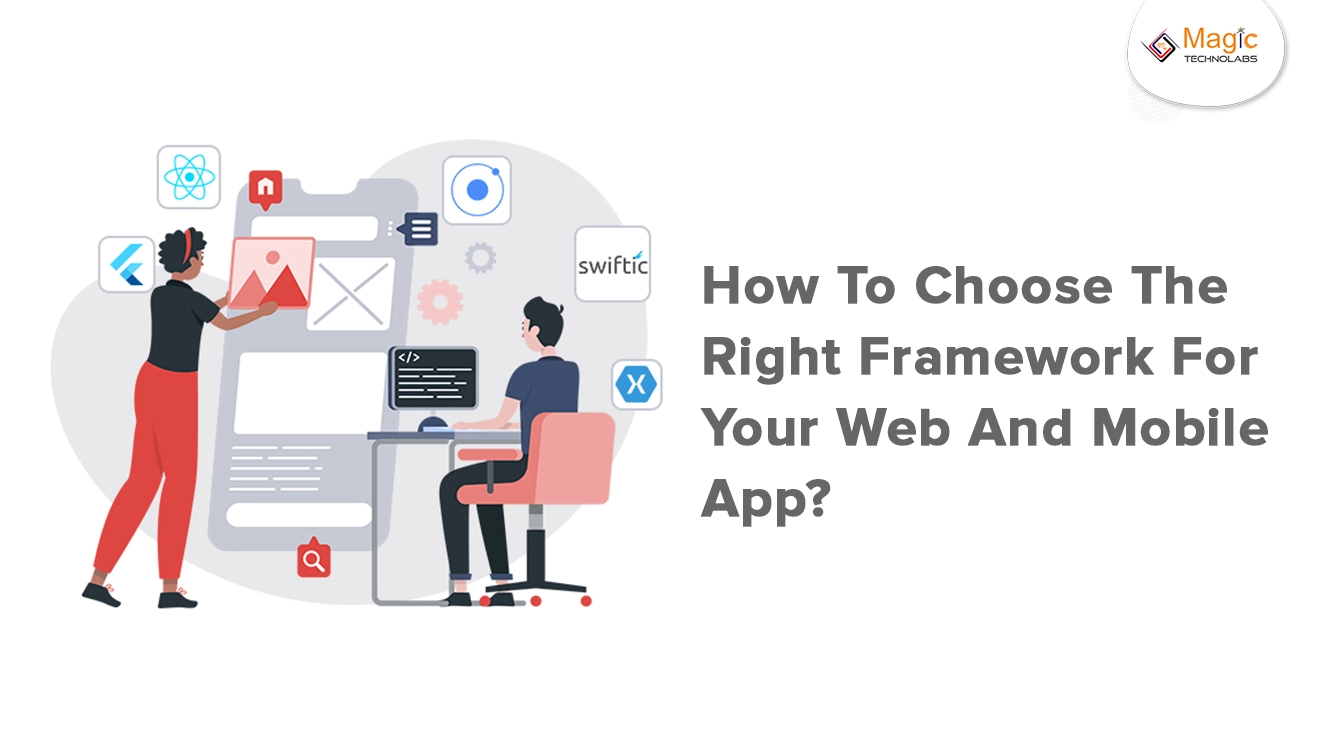Choosing the right framework for your web and mobile app is a critical decision that significantly impacts your project's success. Here's a guide to help you make informed choices and streamline the development process.
1. Define Your Project Goals: Start by clearly defining your project goals. Understand the scope, features, and functionalities you envision for your web and mobile app. This initial step lays the foundation for selecting a framework that aligns with your objectives.
2. Consider Development Speed: Assess the development speed required for your project. Some frameworks, like React and Angular, are known for their efficiency and speed, making them suitable for projects with tight deadlines.
3. Scalability Requirements: Anticipate your app's growth and evaluate the scalability of frameworks. Choose a framework that can accommodate the potential expansion of your app without compromising performance.
4. Community and Support: The strength of the framework's community and the availability of support are crucial factors. Opt for frameworks with active communities, as they often provide valuable resources, updates, and solutions to common issues.
5. Learning Curve: Consider the learning curve associated with each framework. If you have a development team with expertise in a particular framework, leveraging their skills can be advantageous. Alternatively, opt for frameworks with gentle learning curves for quicker onboarding.
6. Mobile Responsiveness: For mobile app development, ensure the framework is conducive to creating responsive designs. Frameworks like React Native and Flutter are popular choices for building cross-platform mobile apps with native-like performance.
7. Integration Capabilities: Assess the integration capabilities of the framework. Choose one that seamlessly integrates with other tools, libraries, or third-party services you plan to use in your project.
8. Consider Long-Term Viability: Evaluate the long-term viability of the framework. Choose a technology stack with consistent updates, a robust roadmap, and a history of adaptability to industry changes.
9. Security Features: Prioritize frameworks with built-in security features. Protecting your app and user data is paramount, so select a framework that emphasizes security best practices.
10. Budget Constraints: Lastly, consider your budget constraints. Some frameworks are open-source and have lower associated costs, making them suitable for startups or projects with limited budgets.
By carefully considering these factors, you can confidently choose the right framework for your web and mobile app, setting the stage for a successful development journey.
















